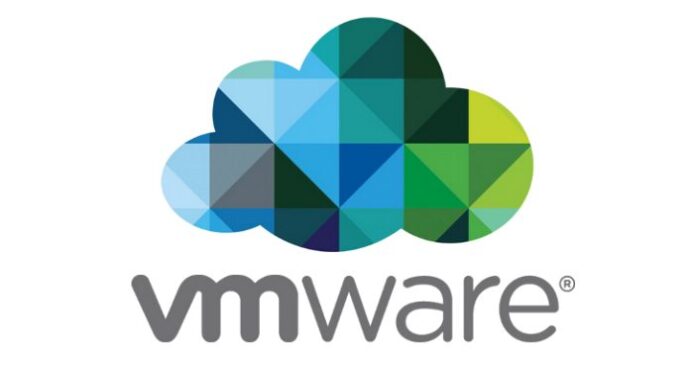5G is inherently complex–the network is complex, the network management is complex, the services that ride on top of it are complex and making sure those services are working the way they’re supposed to–service assurance, is, you guessed it, complex.
During Mobile World Congress Los Angeles last week, VMware announced a new Smart Assurance solution meant to allow operators “to have a holistic view of the network from core to the edge to the radio access network.” VMware is working on the tech with Cellwize, which specializes in RAN automation wherein machine learning techniques facilitate a “zero-touch deployment, configuration, optimization and healing” process.
The whole idea of zero-touch networks is tied to automation, what EXFO VP, SASS Division, Abdelkrim Benamar called “extremely powerful if you make the right decisions but if you start to make wrong decisions, automation only increases the damages. This is why I believe there will be a mix of open loop automation for some elements of the network coupled with some closed loop automation.”
He continued: “To be able to have real meaningful building blocks for powerful automation, it’s not enough to just have the right data from probes…It’s also to have a deep knowledge of the underlying topology of the network so not only you can asses issues related to signaling on the control plane or issues related to usage of services on the user plane but be able to correlate those issues.”
From the service assurance perspective, operators are currently focused on adding capacity to networks and then thinking about assuring the services that ride on increasing capacity levels. But, as we move to cloud-native 5G networks able to provide network slices likely tied to stringent SLAs, service assurance is imperative to creating new 5G revenue streams.
Benamar gave the example of automated troubleshooting and called it out as an automation use case that’s working today but is one step in a multi-step process. “I think the zero-touch thing…that’s an end goal. All of this ca start to be automated so we help…engineers flag issues and identify the most impactful and take action and then implement that next best action as an intermediate step toward fully self-healing networks.”
So, given the complexity and opex management improvements network automation enables, at what point do operators become comfortable enough with closed loop systems that they take their hands off the wheel so to speak?
“That’s the $1 billion question,” Benamar said. “I think it depends on the culture of the service provider. Some are a bit more conservative, they’re not early adopters, they go step by step. They will take on non-vital parts of the network and automate things. It really depends on the culture of the service provider.”
“For a couple of years we’ve been discussing how the world of assurance is changing,” Gabriele Di Piazza, vice president of products and solutions, Telco NFV at VMware told RCR Wireless News. With 5G, you’re starting to introduce…the concept of slices. You actually start to charge for and create specific services. Now you’re moving to a much more dynamic approach to assurance.”
He continued: “A slice is something that’s created in a specific moment and includes a certain pool of resources then it decommissions. Assurance needs to follow the same pattern. You need to set up something real-time and start predicting something at every moment.”

